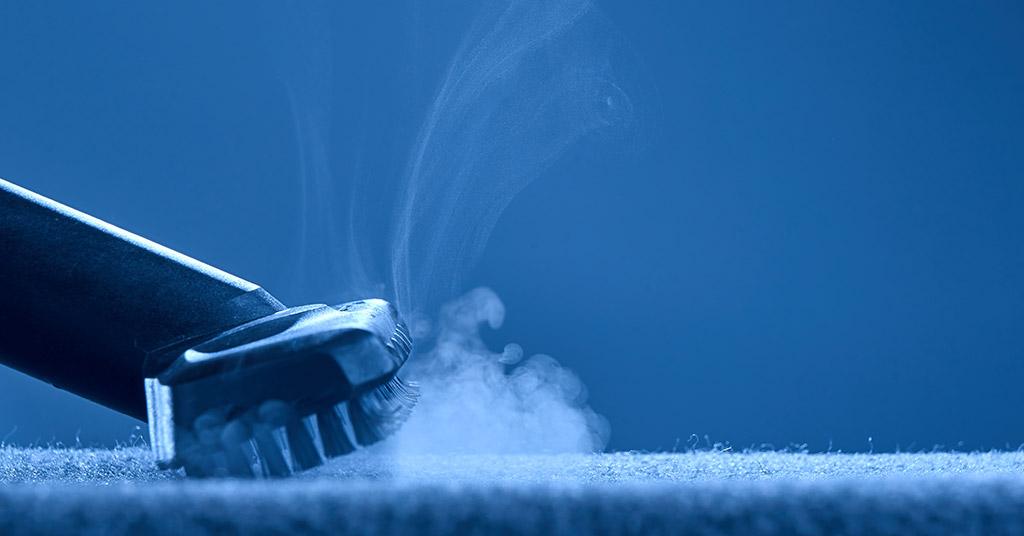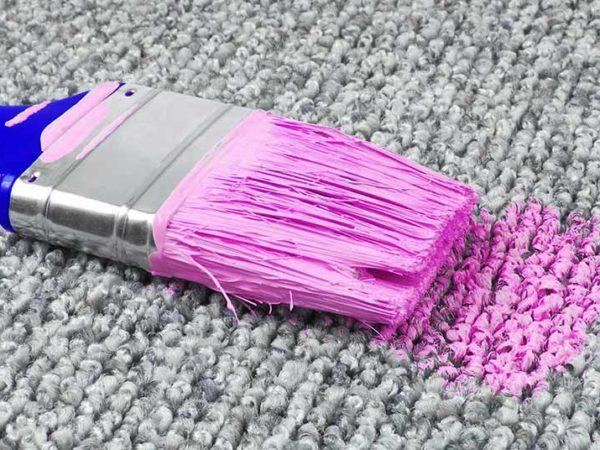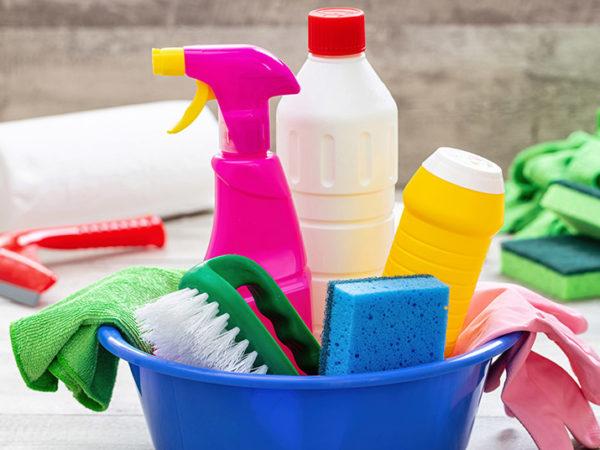
We’re all aware of the need to make more environmentally friendly choices, in everything we do. This includes what we use to clean and sanitise our homes. Accordingly, you might wonder whether steam cleaning is environmentally friendly.
There are pros and cons – but steam cleaning trumps other cleaning methods.
The key advantage of steam cleaning: steam kills naturally
Steam cleaning is a simple way to clean without using harmful chemicals or harsh detergents. This makes it better for the environment than other approaches.
It’s safer for everyone in the home, too. It won’t trigger allergies or release toxic chemicals that could be harmful to people, pets or house plants.
Traditional carpet cleaners work by injecting detergent into the carpet fibres before vacuuming the liquid up again. A steam cleaner doesn’t do this. It uses high temperature vapour instead.
If more people adopted steam-cleaning for household cleaning purposes, it would help prevent widely used chemicals, like bleach and ammonia, from leaching into the local ecosystem.
With less spending on manufactured cleaning agents, it could also help reduce the demand for toxic chemicals that harm our ecosystem.
How steam cleaning works
A steam-cleaning machine makes it possible to clean and sanitise an entire home simply using water and heat.
Dry steam vapour comes into contact with the surface being treated. It’s the high temperature of the steam that works the magic. This heat – up to 120°C – is deadly to bacteria, mites, mould and pests.
At high temperatures, the steam provides a much more effective clean than traditional cleaning methods. In fact, steam cleaning can:
- kill 99.99% of bacteria
- kill mould spores
- clear trapped pollutants
- eliminate dust mites
- remove stains, odours, grease, bacteria, yeast and fungi.
Is steam cleaning water wise?
Steam cleaning uses a fair volume of water, which is a concern in our water-scarce country.
However, there are some ways to minimise water wastage. Key among these is using efficient, industrial-level steam-cleaning machines.
These are designed for high-power cleaning, minimising water use by reducing the time or number of passes required to clean properly. They also reach sufficiently high temperatures so that water is efficiently transformed into dry vapour and not lost as a liquid.
Specific practices, or operating procedures, can also make steam cleaning more eco-friendly. For example, these include using biodegradable products prior to steam cleaning so that harmful chemicals aren’t extracted into waste water.
Also, screening and disposal of waste water via a drainage system that’s connected to the sanitary sewer system protects against stormwater pollution.
What items can be steam cleaned?
Steam cleaning isn’t just for carpets. It can effectively clean most surfaces in the home.
For instance, a steam-cleaning machine can be used to clean tiles, glass, ceramics, sinks, baths and household appliances.
You can also use steam cleaning to clean and sanitise couches, mattresses and curtains.
What we offer at Chelsea Cleaning
At Chelsea Cleaning, we use our professional steam-cleaning machine to remove dirt, stains, dust mites, bacteria, viruses and mould spores from carpets, curtains, rugs, sofas, mattresses and upholstered furniture.
Our industrial cleaners are designed for powerful deep cleaning and dirt removal. Household steam-cleaning machines just don’t have the same capacity.



